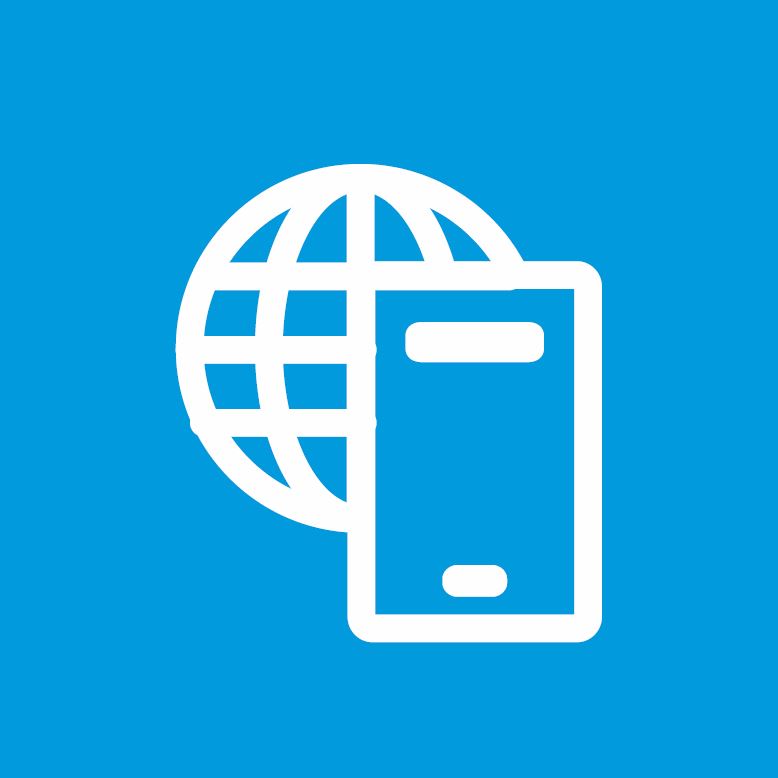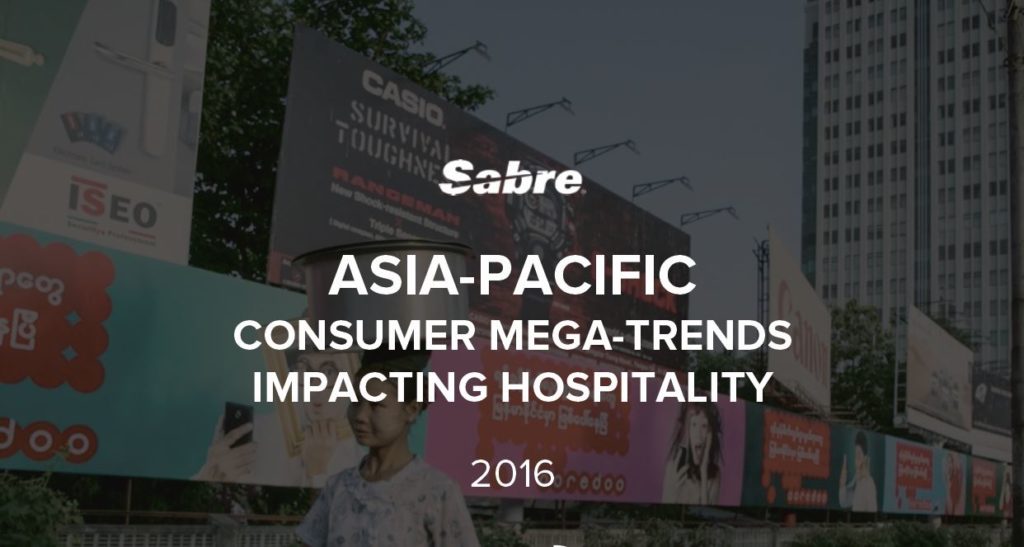
Editor’s Note: This post is part of our “Moving the Needle” series aimed at helping hotels achieve greater success in 2017.A new report from Sabre outlines the biggest current trends in hospitality from the world’s largest travel market, Asia Pacific. Two of the four trends, Infolust and Local Love, were also seen across Europe and the Middle East, which we previously posted about here.The insights are plenty, even for hotels and resorts that don’t traditionally draw from APAC, which is a notoriously competitive market.Here’s our breakdown of the report, and how hotels can act on the data to court travelers.MEGA-TREND #1: Local Love

As travelers roam increasingly farther from home, they look to hotels and resorts to deliver authentic cultural experiences, moments that wrap them in the fabric of the community they’re visiting.
- India and China – India and China are seeing a rise in ‘celebration nation,’ as people look to preserve local cultures and traditions in the face of globalization. Concurrently, travelers are putting more value on genuine experiences and sustainability. They prefer to spend their money on goods and services that feel exclusive to the place and people, rather than the generic or over-produced. Hotel teams should seek opportunities to celebrate what’s local, while giving guests a most authentic and genuine experience during their stay:
- Celebrate local customs
- Educate visitors about the culture and heritage
- Connect locals with guests
- Point guests to artisans, farmers, craftsmen to support local business
- Australia – In Australia, debates around immigration and the global movement of people are impacting how locals perceive visitors from other countries. Hotels and resorts are best positioned to bring the two together for a meaningful interaction that reinvents local traditions, celebrates the culture, and takes pride in locality.
MEGA-TREND #2: Betterment

Travelers are interested in self-improvement, and they view it as a kind of new global currency. Being a “good person” is a status symbol, and throughout the Asia-Pacific region people want to;
- Eat cleaner
- Be greener
- Learn new skills
- Exercise more
- Save money
- Give back
- Be mindful
Regional brands capitalizing on this trend include Baobeihuijia.com, China’s best-known online platform for finding missing children, offering users free Wi-Fi if they share information about missing children, and McDonald’s Korea, which provides cooking classes for families.Hotels can follow suit by offering healthy edibles for guests who hit their fitness goals during their stay, or perks for charitable giving. After you’ve helped your guests achieve their self-improvement goals, go a step further by recognizing them (via social media) and rewarding them for it (with points, discounts, etc.). Companies that help travelers achieve these ideals – and then reward and recognize them for doing so – are likely to become favored brands.MEGA-TREND #3: Infolust

We live in the information age, and consumers have adjusted their expectations accordingly. They demand useful and relevant information at the tips of their fingers, at all times. And they don’t just want more information, they want good information – information they can trust.Hoteliers in Asia are adopting technology to meet these demands, including live messaging services and artificial intelligence-fueled language processors that provide personalized answers in real-time.To keep up with this trend, consider adopting 24-7 technology that’s capable of conducting two-way conversations with clients at every step of the guest experience.
- India and Australia – In India and Australia, consumers have come to expect transparent reviews about every aspect of the brand experience. They are more often turning to their trusted peers for unbiased reviews about products or services, and in turn, are filtering out information from advertisements. Consider rewarding customers for sharing information with you (i.e. discounts for reviews, points for completing surveys) to encourage transparency and build a strong profile of user-generated reviews.
MEGA-TREND #4: Ubitech

The Asia marketplace is known to embrace the latest technologies at breakneck speed. Brands are now adopting new interfaces to seamlessly blend technology into everyday experiences to make things easier and quicker.A recent Tecmark study found that the average smartphone user checks his or her phone 221 times a day. How can you use the tech devices they already own and use to enhance your brand experience?The Ubitech trend means bridging the gap between guests and their new environments through technology. For example, India-based Federal Bank allows account holders to access their bank accounts by snapping a selfie. Ola smart locks open the door after reading an approved users’ fingerprints.Think one-click functionality. Avoid friction. Use existing technology to streamline actions guests already take, and make things they already do simpler and more convenient.
- India and China – The Ubitech trend means using readily available technology to help consumers be safer, avoid risks, and minimize danger. For instance, the New South Wales Government has an app that shares shark data in real-time with smartphone users. Didi Chuxing is a Chinese taxi company that has an SOS button in its app that passengers can use if they feel unsafe.
Hoteliers can adapt this concept by identifying risks a guest might face during the stay. A resort near the beach may offer wave and weather alerts. A hotel in the mountains can update guests about overnight snowfall, avalanche risks, or other dangerous winter conditions. The idea is to use the latest tech to anticipate and avoid dangers customers might face, and to do it seamlessly.Again, while this report focuses on the Asia-Pacific region, these trends provide valuable insights into what customers around the world expect from the guest experience.The data shows that travelers are loyal to brands that help them become better. They want an experience that feels genuinely local and unique. They expect instant answers through informal communication methods. They want to use their tech devices to make simple tasks even simpler.As you take action in 2017, it’s important to consider how these factors may shape your strategy and offer a next-level guest experience.DOWNLOAD THE FULL REPORT FROM SABRE HERE







